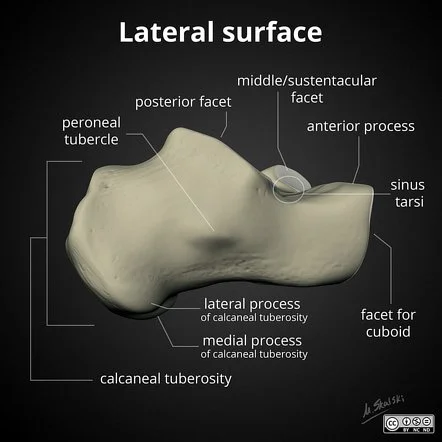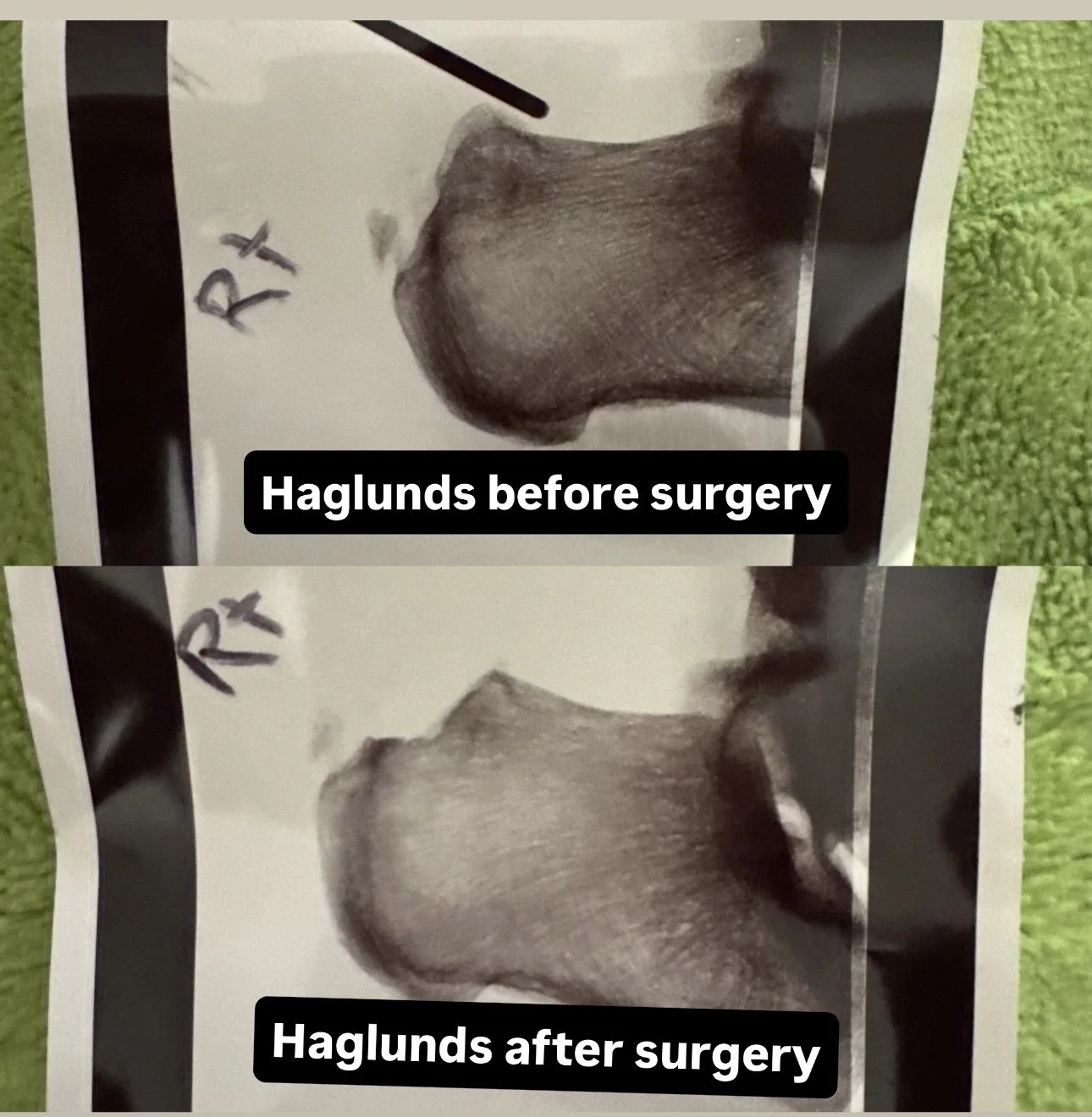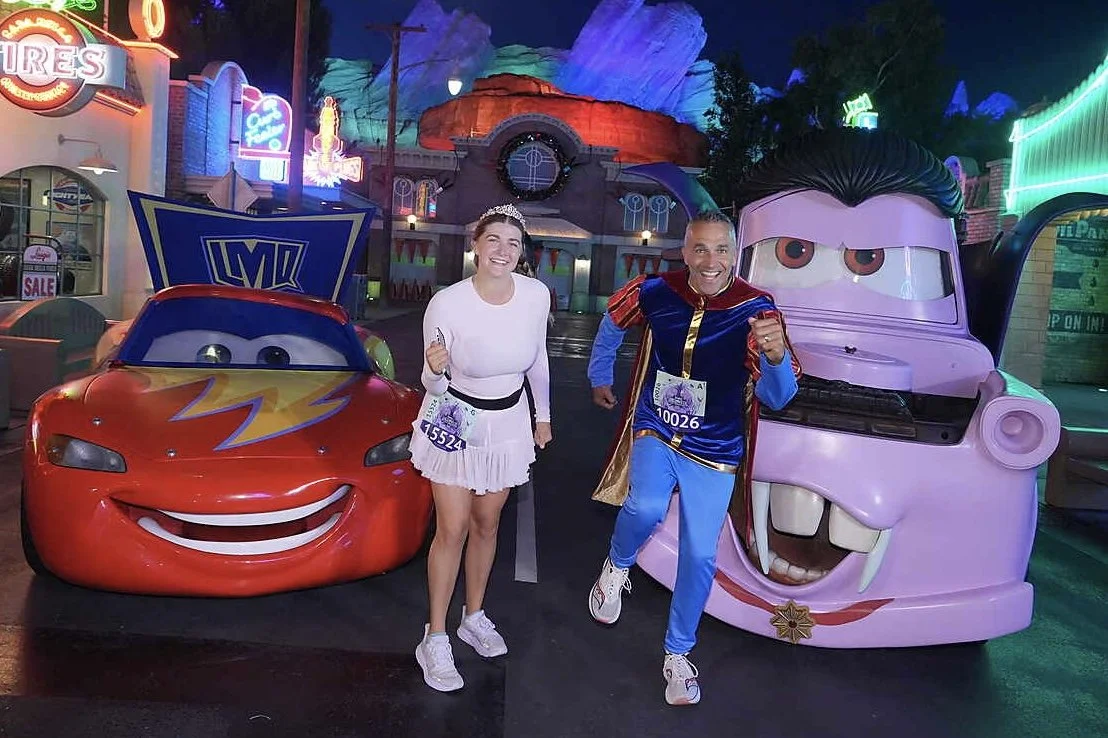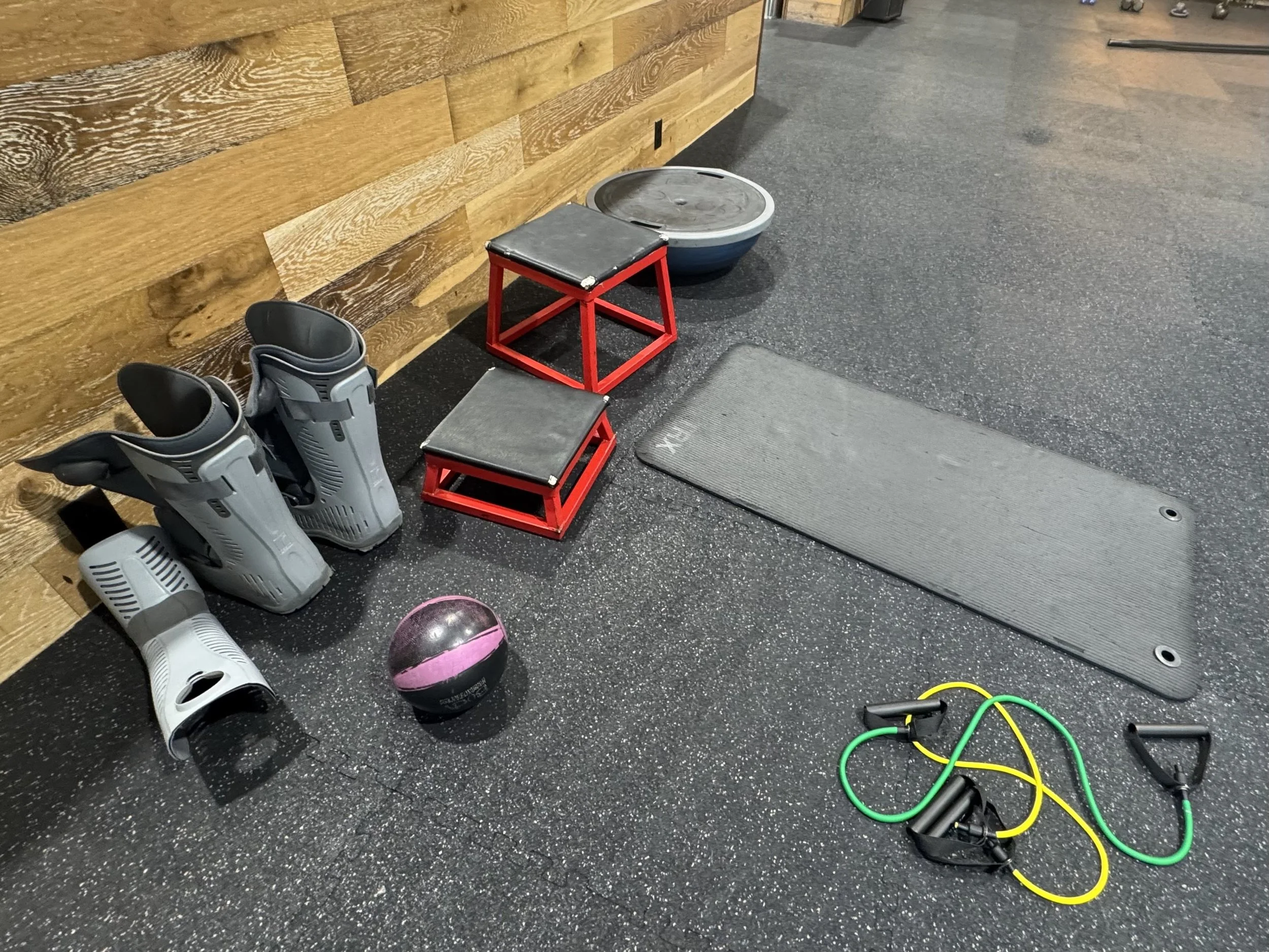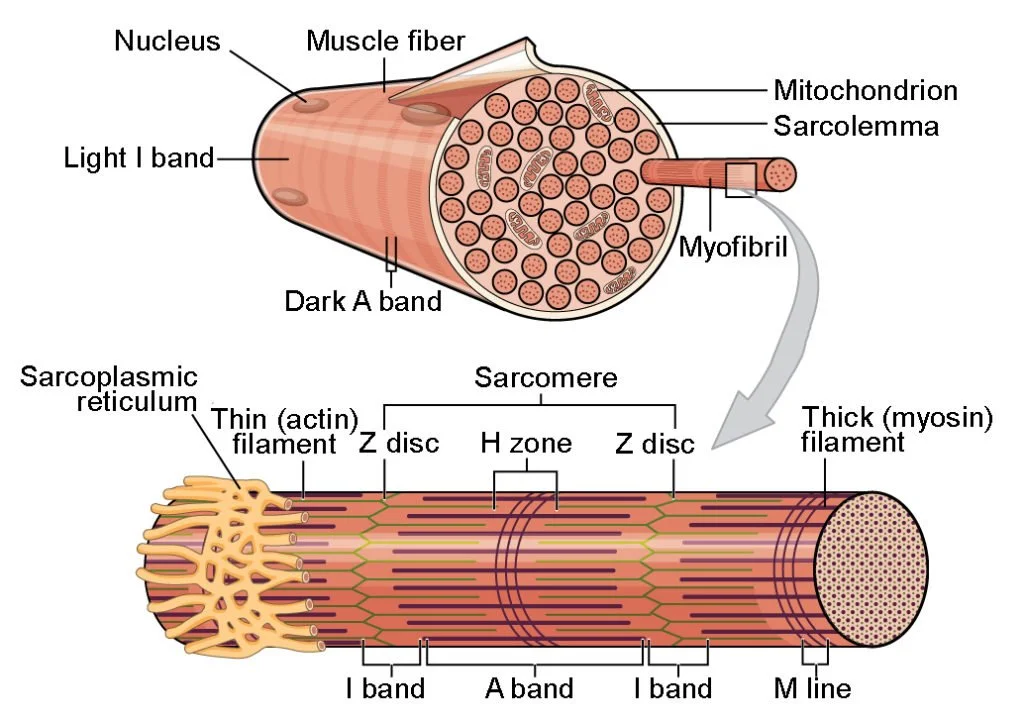USA Track & Field (USATF) and AAU are separate organizations offering similar youth racing experiences - Junior Olympics.
Until 2024, Whisper Running had solely participated in USATF cross-country (XC) Junior Olympic (JO) meets. USATF JO’s offers a series of three races - Associations, Regions, and Nationals. Association teams are comprised of teams within close proximity of one another. In our case, Whisper Running is part of the PNW Association, consisting of Washington teams west of the Cascade mountains. The eastern side of Washington is the Inland NW Association. Idaho and Oregon are their own Associations. Between the three states (four Associations), we are Region 13, and USATF has a total of 15 Regions.
USATF Registration
In order to race in the USATF cross-country (XC) JO’s, runners must have a USATF membership. To begin registration with USATF, click here. When registering, parents must upload an age verification document (copy of a birth certificate or passport) into the child’s USATF online account to complete the registration process. While registering your child with USATF, you will not be prompted to upload a verification document, so you must remember to complete this important step.
Age Divisions
For optimal fairness, runners race in divisions based on year of birth. Runners eight and under race the 2k distance, 9-10yo race the 3k , 11-12 also race the 3k, 13-14 race the 4k, and 15-18 race the the 5k. To advance from Associations to Regions, individuals must finish in the top 35 or be on a top-5 finishing team. From Regions to Nationals, individuals must finish in the top 30 or be on a top-5 finishing team.
To avoid conflict between the WIAA XC state meet and Nike NXR, the PNW Association does not host a 15-18yo 5k race. Instead, runners/teams in this age bracket automatically advance into Regions. However, runners must RSVP into Associations via athletic.net prior to the closing of the Association registration on November 12. The RSVP is similar to registering for a meet, but only cost $1, essentially adding your name to the competing roster, but not actually racing (in the Association race).
USATF XC JO Youth Association Meet
The 2025 USATF XC JO Youth Association Meet is Saturday, November 15, at Warren G Magnuson Park in Seattle, and registration into the meet ends Wednesday, November 12, at 8pm. While this can certainly be a day trip from Vancouver, families involved in Whisper Running are encouraged to turn this into an overnight trip, as we will meet for a course preview on Friday afternoon, then have a team dinner at Buca di Beppo in Seattle. As always, more information about meets, including lodging, travel, course preview times, race start times, advancements, and more, can be found on the Calendar by clicking on the date of the event.
USATF XC JO Youth Region Meet
The USATF XC JO Youth Region Meet is Saturday, November 22, at the Ash Creek Preserve in Monmouth, Oregon, and registration into the meet ends Tuesday, November 18, at 7pm. Because we have run Ash Creek several times, and the meet is within a reasonable driving distance for a day trip, no lodging information is provided on the Calendar. Families involved in Whisper Running are invited to meet for a team dinner on Friday, November 21, at Spaghetti Factory in east Vancouver (730 SE 160th Ave), at 6:30pm..
USATF XC JO Youth National Meet
The USATF XC JO Youth Nationals Meet is Saturday, December 13, at the Blue River Cross Country Course in Shelbyville, Indiana, and registration into the meet ends Friday, December 5, at 8:59pm. Families of children who qualify and wish to attend the national meet are encouraged to arrive in Shelbyville by Thursday, December 11, and attend the team course preview on Friday, December 12. Arriving December 12 is fine, but to best acclimate to the time change, December 11 is encouraged. After the meet, we will seek a team activity in the Shelbyville area (or Indianapolis - TBD???). Most families will fly home on Sunday, December 14.
AAU Nationals?
While AAU is a national organization offering many sports, their XC tentacles don’t quite reach the PNW, so there is no AAU Association or AAU Region meet offered, hence the reason Whisper Running, or any PWN team for that matter, are auto-qualifiers into the AAU National Meet. For those who wish not to gamble on whether their child will qualify into the USATF Nationals XC JO Meet, AAU Nationals is a solid runner-up nationals meet. Our first experience with the AAU national meet came in 2025, and it’s worth attending if you’re child is looking for another opportunity to race on a fast course on the national stage.
The AAU XC JO Youth Nationals Meet is Saturday, December 6, at Victor Ashe Park in Knoxville, Tennessee, and registration into the meet ends Monday, December 1, at 6pm. Families of children who wish to attend the national meet are encouraged to arrive in Knoxville by Thursday, December 4, and attend the team course preview on Friday, December 5. Arriving December 5 is fine, but to best acclimate to the time change, December 4 is encouraged. After the meet, we will seek a team activity in the Knoxville area. Most families will fly home on Sunday, December 7.
Next steps?
If your child wishes to participate in Junior Olympics, visit our Join the Team (Fall XC) page for registration details. On the page, scroll down to “HOW TO BEGIN COMPETING WITH WHISPER” and follow the steps provided. Please keep in mind the registration closing dates. The typical turn-around time for USATF age verification is 1-3 business days.

